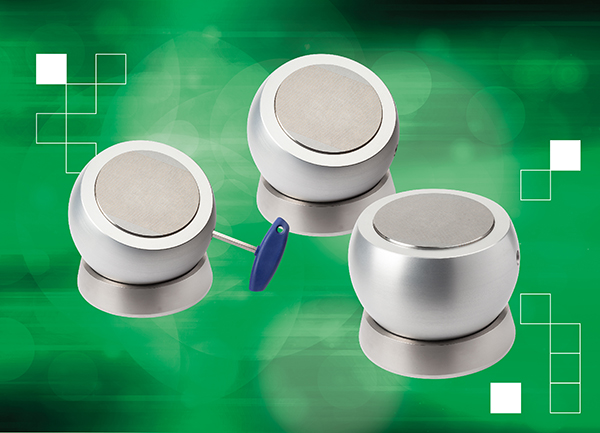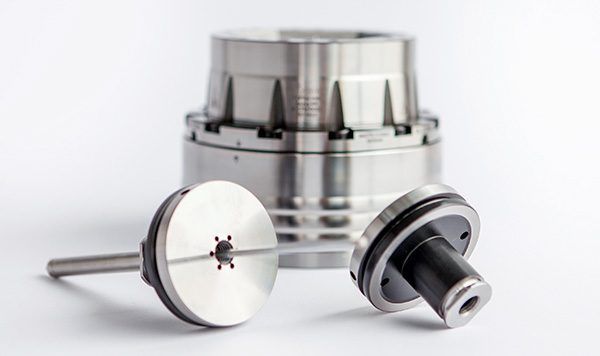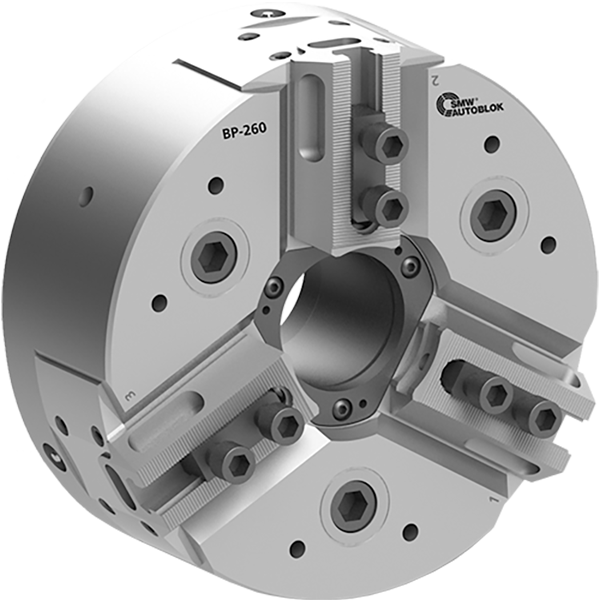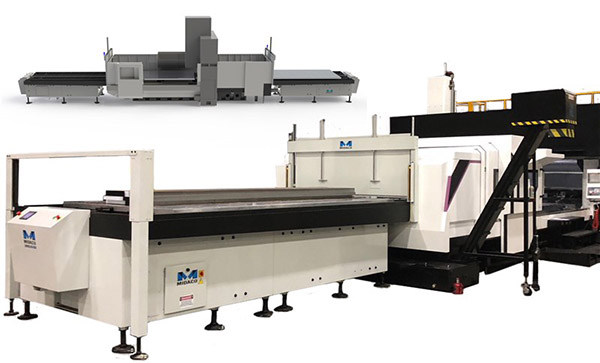Manufacturing companies, engineers and machinists can now freely position and hold workpieces on large surfaces thanks to Norelem’s newly developed magnetic clamping balls.

Quick and flexible holding of parts is particularly essential in tool and die making. Tool makers must be able to laser weld, polish, assemble and adjust parts so they fit together properly, with maximum flexibility and efficiency. Using Norelem’s magnetic clamping balls, rapid clamping and releasing is now possible.
Released in four different sizes with magnetic faces of 80 to 160 mm diameter, the workpieces are clamped through a permanent magnet. The magnet has a nominal magnetic force of up to 100 N/cm², which can be switched on and off using a hexagonal key. When the key is rotated 120°, the magnet’s force is fully realised, while partial clamping force is also possible so that parts can be positioned easily.
CEO of Norelem Marcus Schneck says: “Efficiency and increased productivity are the name of the game in engineering, and with our magnetic clamping balls, engineers can accelerate their processes when machining and tooling up for jobs. Using a simple turn of a key, workpieces can be adjusted quickly, providing an unobstructed surface for the engineering task in hand.”
Norelem’s magnetic clamping balls can swivel up to 90°, depending on workpiece geometry and weight. To ensure a high-quality finish, the magnetic face has fine, 1.5 mm poling and is mounted in an anodised aluminium globe. The globe is held in position by a stick/glide effect and lays in a leather lined, nickel-plated steel ring.
For further information www.norelem.co.uk



















